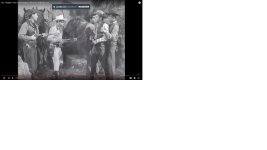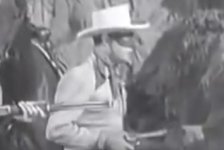Pond James Pond
New member
Many cite the John Wick films as examples of skilled, yet authentic gun handling. Personally I also like "The Way of the Gun" as a film with realistic firearms portrayal.
Last night I watched a Netflix release called Extraction. Ex Spec-Ops turned mercenary goes on mission to rescue kidnap hostage.
Now, to my untrained eye, the way the lead, Chris Hemsworth, handled the fire arms seemed very well done. In fact, I would be tempted to say its the same trainer as Keanu Reeves' in the Wick films.
I'm curious as to the opinions of other members who have seen it.
One bit that seemed wrong was when a guy got hit by a sniper yet at the point of impact the distant gun shot was heard before the bullet strike and that seems to be the wrong way around. Maybe, maybe not: gladly no personal experience can corroborate!
Last night I watched a Netflix release called Extraction. Ex Spec-Ops turned mercenary goes on mission to rescue kidnap hostage.
Now, to my untrained eye, the way the lead, Chris Hemsworth, handled the fire arms seemed very well done. In fact, I would be tempted to say its the same trainer as Keanu Reeves' in the Wick films.
I'm curious as to the opinions of other members who have seen it.
One bit that seemed wrong was when a guy got hit by a sniper yet at the point of impact the distant gun shot was heard before the bullet strike and that seems to be the wrong way around. Maybe, maybe not: gladly no personal experience can corroborate!


